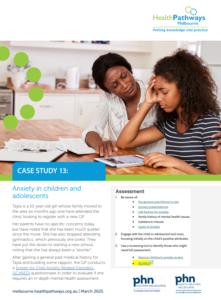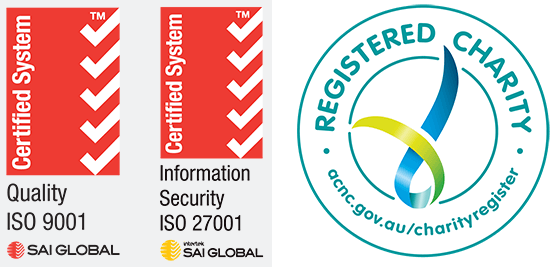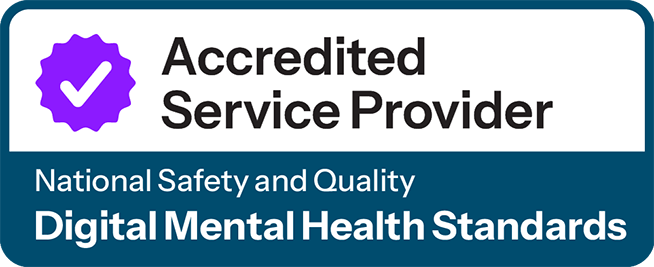
After a rigorous review, the first Australian evidence-based clinical practice guideline for diagnosing and managing anxiety in young people has been incorporated into a major support tool for general practice.
The guideline, published in 2024, was developed by the Melbourne Children’s Campus Mental Health Strategy and supported by The Royal Children’s Hospital (RCH), Murdoch Children’s Research Institute (MCRI) and the University of Melbourne.

For the first time, it amassed diagnostic criteria and treatment strategies to aid clinicians in supporting the estimated seven per cent of Australian children and adolescents who suffer from a diagnosable anxiety disorder.
The information contained within the guidelines has now been adapted and incorporated into HealthPathways Melbourne (HPM) – a web-based portal providing locally agreed, evidence-based, condition-based clinical guidelines for general practice and other primary care providers.
The site is a joint venture between Eastern Melbourne and North Western Melbourne primary health networks.
In order to adapt the guideline content, the HPM team worked with two of the publication’s senior authors — Professor Dave Coghill from the University of Melbourne and Sydney Stevens from the Royal Children’s Hospital.
Joining them were two general practitioners, Drs Nancy Saab and Stephanie Dawson, plus pharmacist Christine Bellamy.
Together, they augmented the existing HPM information on paediatric and adolescent anxiety, providing an increased focus on screening, care planning and a wider scope for medications.

The University of Melbourne
The new material was published in March 2025.
“This update to the Anxiety in Children and Adolescent Pathways is an exciting step toward more consistent, high-quality mental health care,” said Professor Cogill.
Ms Stevens added: “Our evidence-based clinical practice guideline was developed to support GPs and primary care providers. Used to inform the update, this guidance is now easily accessible to GPs across Victoria, ensuring they have the tools to identify and enhance care for children and young people with anxiety.”
Existing HPM users can find the pathway here.
Not an HPM user? Take advantage of this popular advice and decision-support platform by signing up here.





